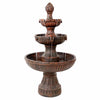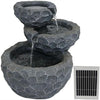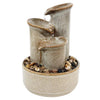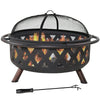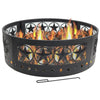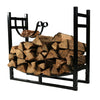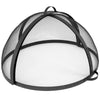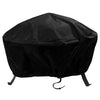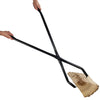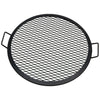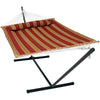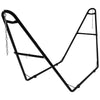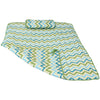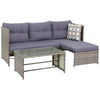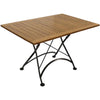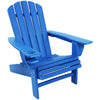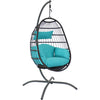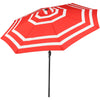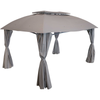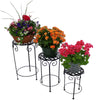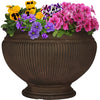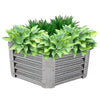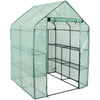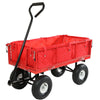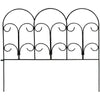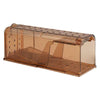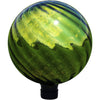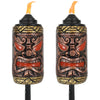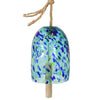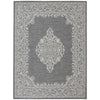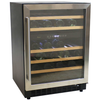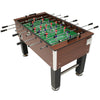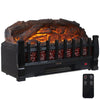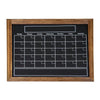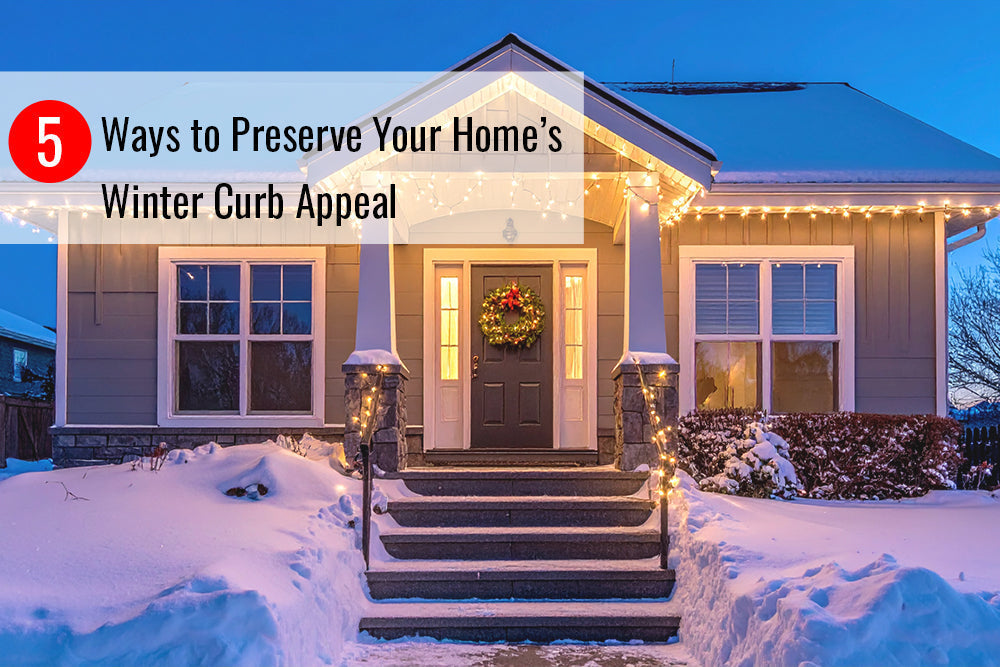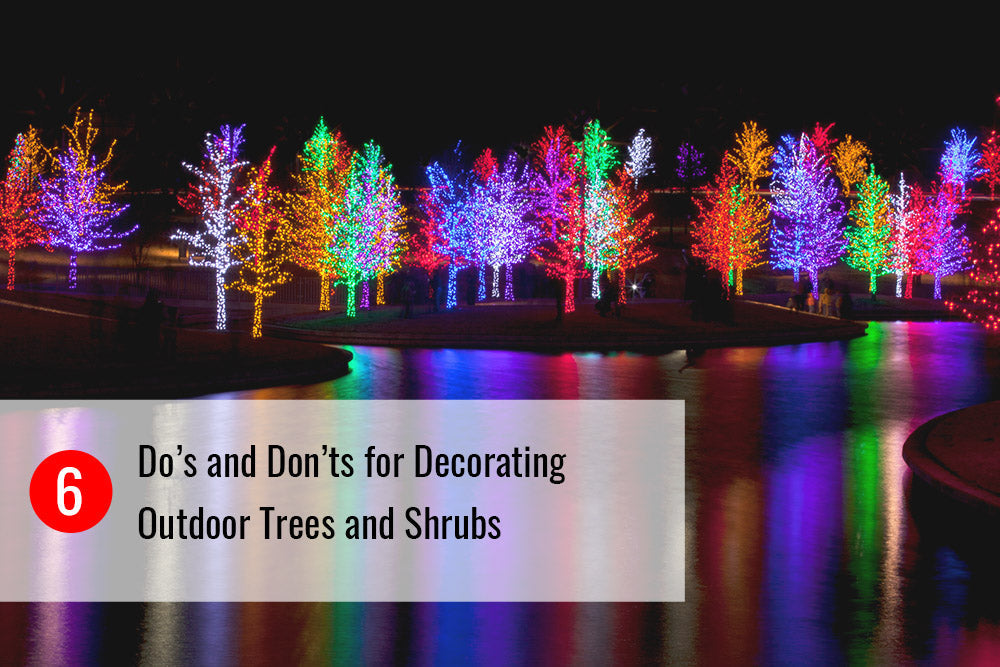Growing plants in your home adds natural beauty to interior spaces, but it doesn’t come without its challenges. Knowing exactly what your houseplants need to thrive can be tricky. One of the hardest parts of being a plant parent is ensuring it gets the right amount of water. Too much water and it could cause root rot, not enough water and the plant could wilt away. Having the right planter is a helpful way to ensure water levels stay optimal for any plant. Most planters have drainage holes in the bottom to automatically help remove excess water, but what do you do with planters that don’t have drainage holes? Read on to learn some helpful tips for growing plants in containers without drainage holes.
What are Drainage Holes?
First, let’s start with the basics. What is a drainage hole? Drainage holes are small openings at the bottom of planter pots that allow excess water to escape and provide airflow for soil. They’re like safety valves for your plants, preventing waterlogged soil and root rot by ensuring proper drainage. When you water plants, excess water flows out through these holes, keeping the soil moist but not soggy. Some planters with drainage holes come with a plug to allow you to control when water is released from the soil.
Do All Plants Need Drainage Holes?
One question you might be wondering is: do all plants need to be planted in a container with drainage holes? The answer is simply no, however most houseplants require proper drainage to grow (but as you will see there are other options for this). While drainage holes are ideal for most plants, not all plants require them, like succulents, cacti, and spider plants. These types of plants are more tolerant of drier conditions and require little watering to thrive.
How to Use a Planter with No Drainage Holes
Now, here are some ways to make sure other common houseplants grow in planters without holes. There is sure to be a method that works for you and your plant of choice.
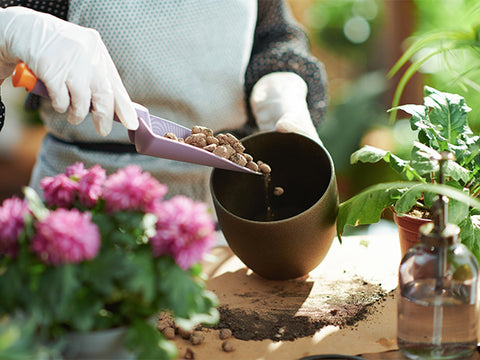
Build a Layer for Drainage
Create a drainage layer at the bottom of your pot using materials like gravel, pebbles, and activated charcoal. This layer will help prevent water from pooling at the bottom of the pot and suffocating your plant’s roots. Activated charcoal is an especially great option because it’s a naturally absorbent material that quickly soaks up water. This isn’t a foolproof solution because the roots may eventually grow to meet the bottom of the planter, causing them to sit in any excess water collected there, so be sure to water plants carefully to avoid overwatering.
Staging
Use a planter in a planter, also called a cachepot. This allows you to not only maintain the aesthetics of your indoor spaces (without worrying about finding a planter and matching saucer), but also make caring for your plants easy. Keep your plant in the nursery pot you purchased it in or a similar thin, plastic liner pot with drainage holes in the bottom and place that into a decorative pot. The decorative pot provides an aesthetic look while the nursery pot allows water to be drained properly from your plant. Be sure to check the amount of water in the decorative pot to keep the roots from sitting in pooled water.
To further help the prevention of overwatering, you can place a wood block, floral foam, or other water-resistant material in the bottom of the planter to raise up the nursery pot further. This gives more space for excess water to flow out and keep roots from sitting in too much water.
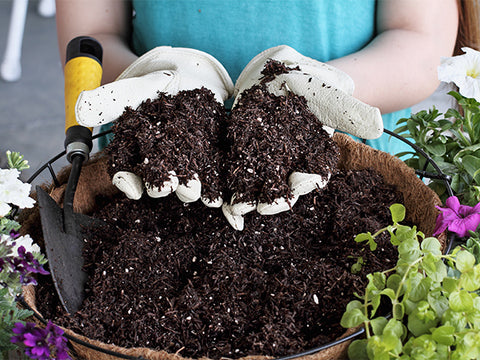
Use Well-Draining Soil Mix
Choose a high-quality potting mix specifically formulated for container gardening. Look for mixes that contain ingredients like perlite, sand, or coconut coir, which promote good drainage and aeration. Roots need a balance of water and oxygen to grow effectively. A well-draining soil mix provides the right balance, allowing roots to access water while also ensuring they receive the oxygen they need.
Water Smartly
Without drainage holes, it’s crucial to water your plants sparingly to avoid waterlogged soil. Allow the top inch or so of soil to dry out between waterings, and be mindful not to overwater your plants. Keep an eye on your plant’s moisture levels by checking the soil regularly. Use a finger to gauge the level of moisture; if it’s dry, it’s time to water the plant. If not, then watering is not yet necessary.

Using a planter without drainage holes might require a bit more attention and care, but with the right techniques, you can still create a thriving environment for your beloved plants. So don’t let a lack of drainage holes deter you from showcasing your green thumb - get creative, experiment with different methods, and watch your plants flourish in their new homes. Happy planting!
For more gardening tips, check out our other Bright Ideas Blogs!
